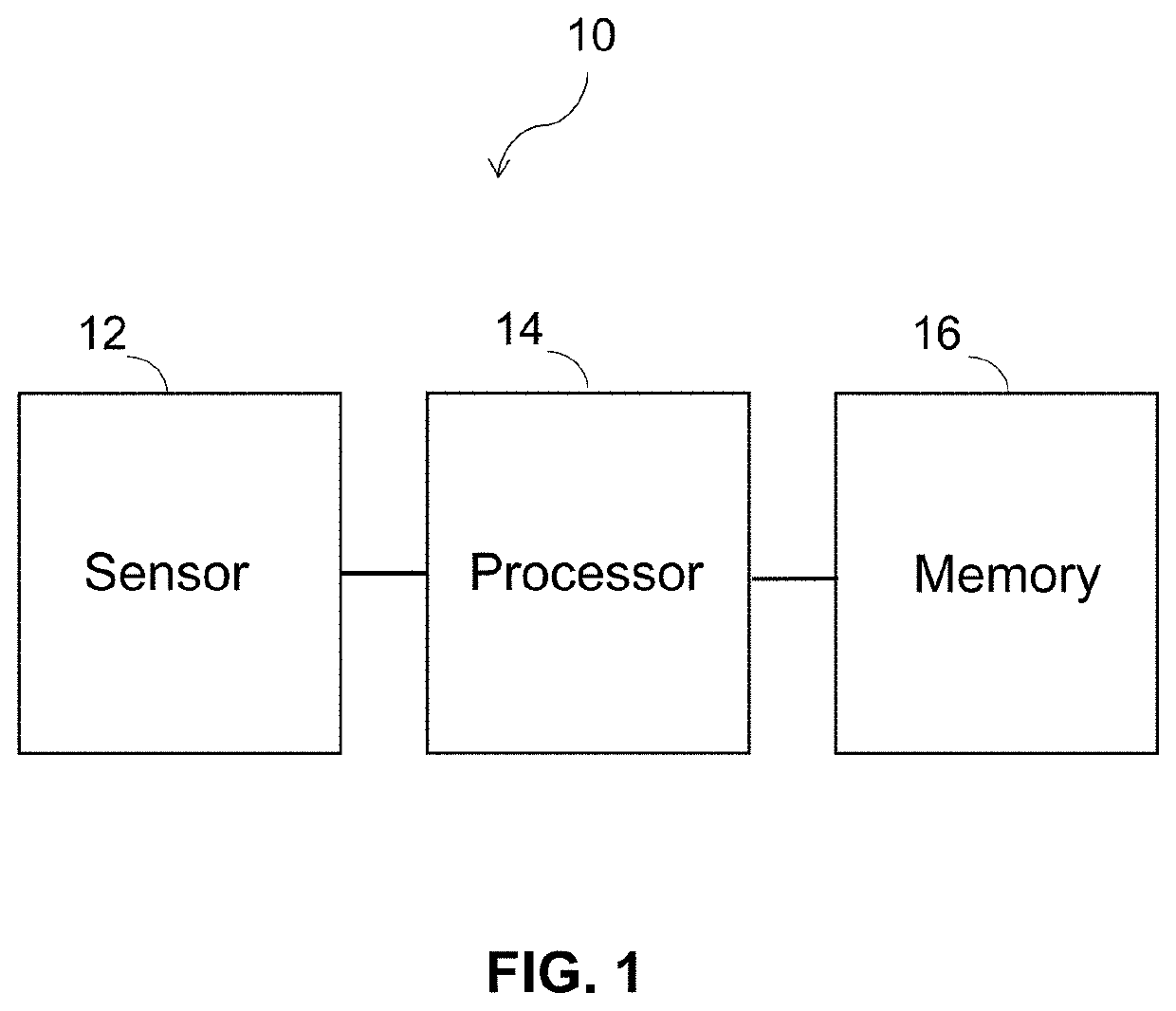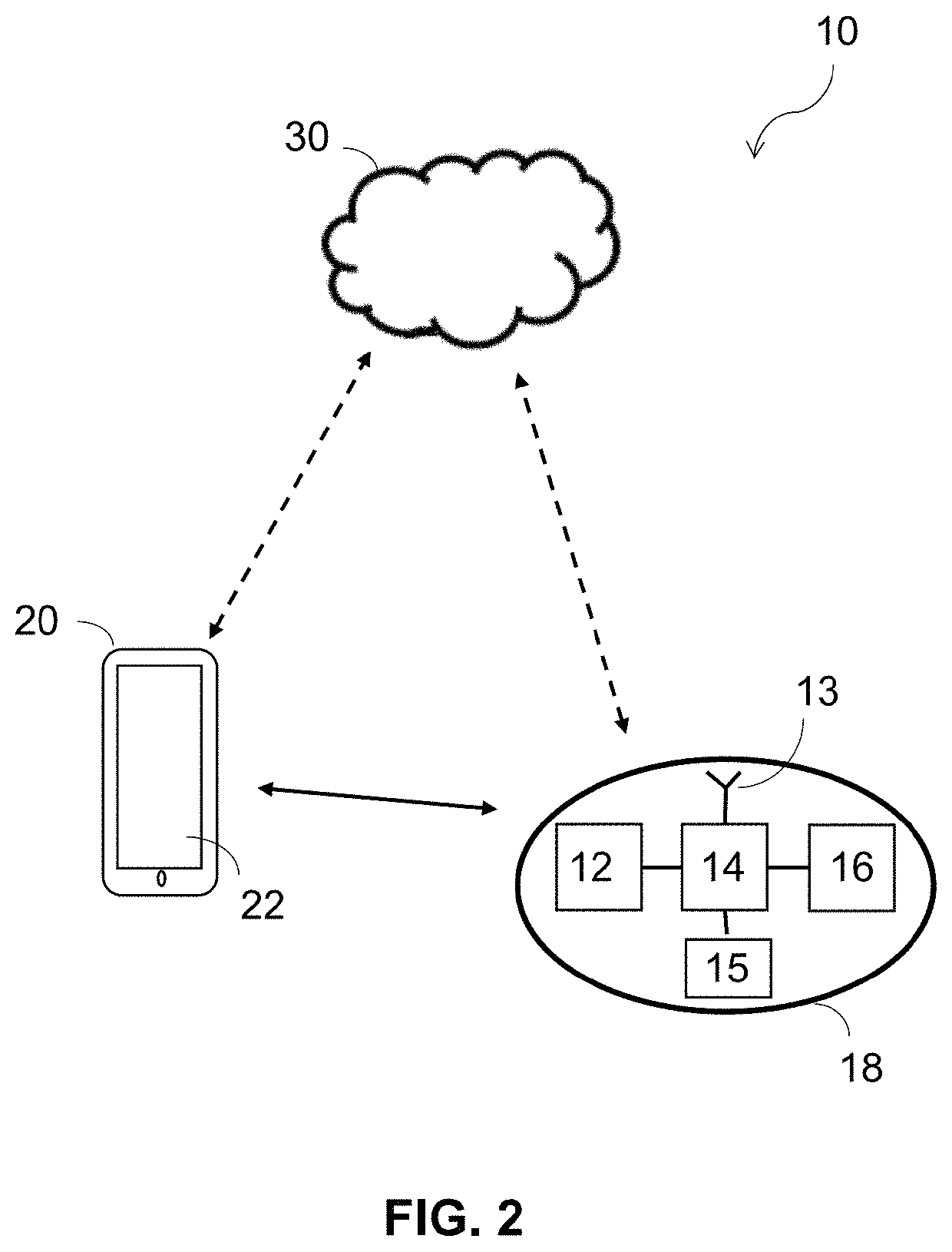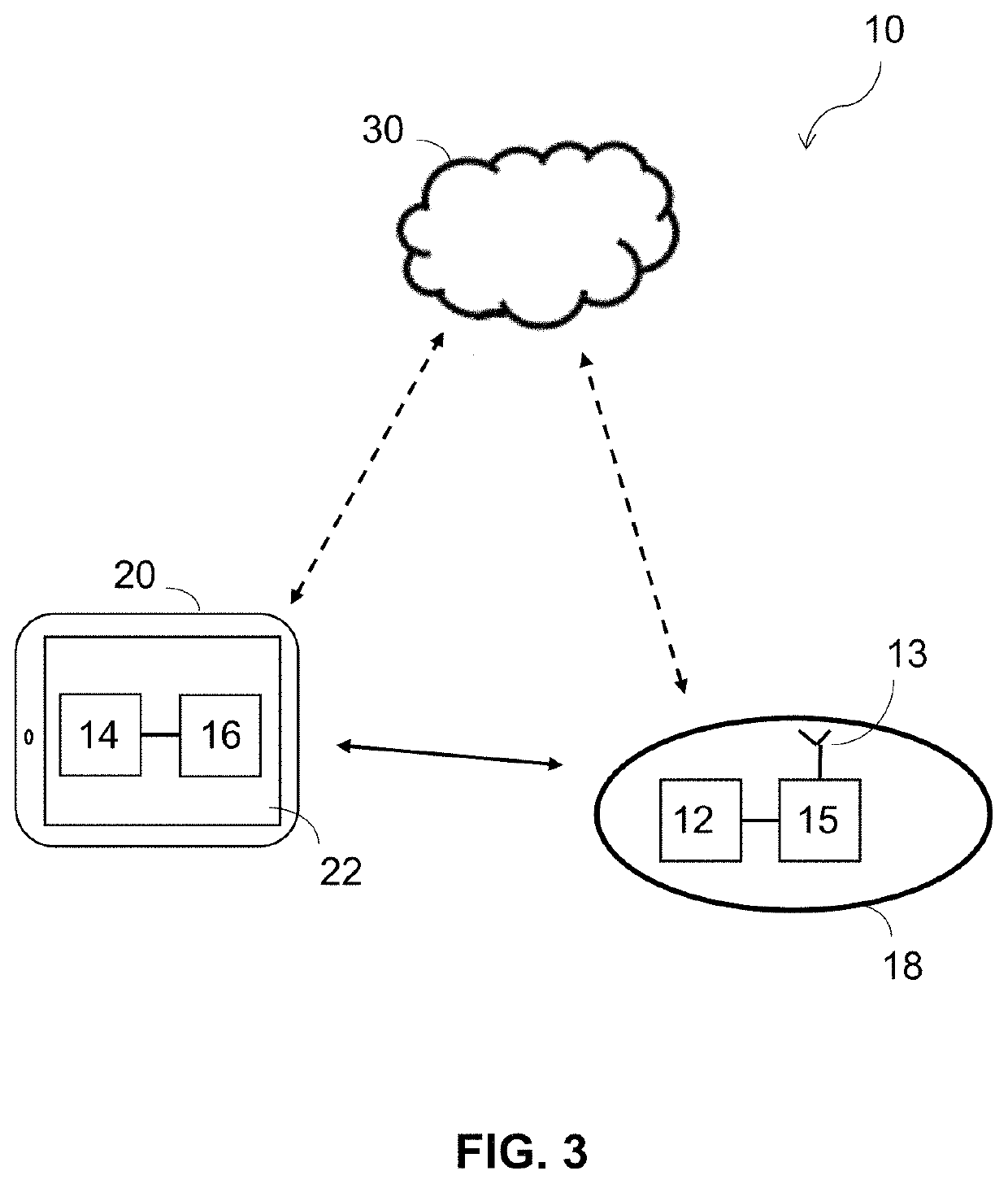Systems and methods for monitoring fetal wellbeing
a system and wellbeing technology, applied in the field of fetal health, can solve the problems of only having devices and/or systems that allow expectant mothers, information on the face of expectant mothers is usually unintelligible to a lay person, and no device or system that allows expectant mothers, etc., and achieves the effect of a higher probability of fetus being distressed and healthy
- Summary
- Abstract
- Description
- Claims
- Application Information
AI Technical Summary
Benefits of technology
Problems solved by technology
Method used
Image
Examples
embodiment 1
2. The system of embodiment 1, wherein the method performed by the processor further comprises comparing the parameter of interest to a fetal wellbeing index
3. The system of any one of embodiments 1-2, wherein the method performed by the processor further comprises tracking the parameter of interest over time to develop a personalized fetal wellbeing trend.
4. The system of any one of embodiments 1-3, wherein the method performed by the processor further comprise: identifying a deviation from the personalized fetal wellbeing trend; and analyzing the deviation to determine whether the deviation is indicative of a change in fetal wellbeing and / or fetal distress.
5. The system of any one of embodiments 1-4, wherein the method performed by the processor further comprises: tracking the parameter of interest over time; identifying a deviation from a population-level fetal wellbeing trend; and analyzing the deviation to determine whether the deviation is indicative of a change in fetal wellb...
embodiment 28
29. The system of embodiment 28, wherein the step of analyzing the parameter of interest further comprises: analyzing the parameter of interest using regression models or machine learning algorithms to determine a probability that the fetus is healthy or distressed.
30. A computer-implemented method for monitoring fetal wellbeing longitudinally during pregnancy outside of a hospital environment, the method comprising: acquiring a signal from a sensor; processing the signal to identify and extract a parameter of interest from the signal; and analyzing the parameter of interest to determine a degree of fetal wellbeing.
embodiment 30
31. The method of embodiment 30, further comprising comparing the extracted parameter of interest to a fetal wellbeing index.
32. The method of any one of embodiments 30-31, further comprising tracking the parameter of interest over time to develop a personalized fetal wellbeing trend.
33. The method of any one of embodiments 30-32, further comprising: identifying a deviation from the personalized fetal wellbeing trend; and analyzing the deviation to determine whether the deviation is indicative of a change in fetal wellbeing and / or fetal distress.
34. The method any one of embodiments 30-33, further comprising: tracking the parameter of interest over time; identifying a deviation from a population-level fetal wellbeing trend; and analyzing the deviation to determine whether the deviation is indicative of a change in fetal wellbeing and / or fetal distress.
35. The method of any one of embodiments 30-34, wherein analyzing the deviation is performed by a machine learning algorithm.
36. The ...
PUM
 Login to View More
Login to View More Abstract
Description
Claims
Application Information
 Login to View More
Login to View More - R&D
- Intellectual Property
- Life Sciences
- Materials
- Tech Scout
- Unparalleled Data Quality
- Higher Quality Content
- 60% Fewer Hallucinations
Browse by: Latest US Patents, China's latest patents, Technical Efficacy Thesaurus, Application Domain, Technology Topic, Popular Technical Reports.
© 2025 PatSnap. All rights reserved.Legal|Privacy policy|Modern Slavery Act Transparency Statement|Sitemap|About US| Contact US: help@patsnap.com



